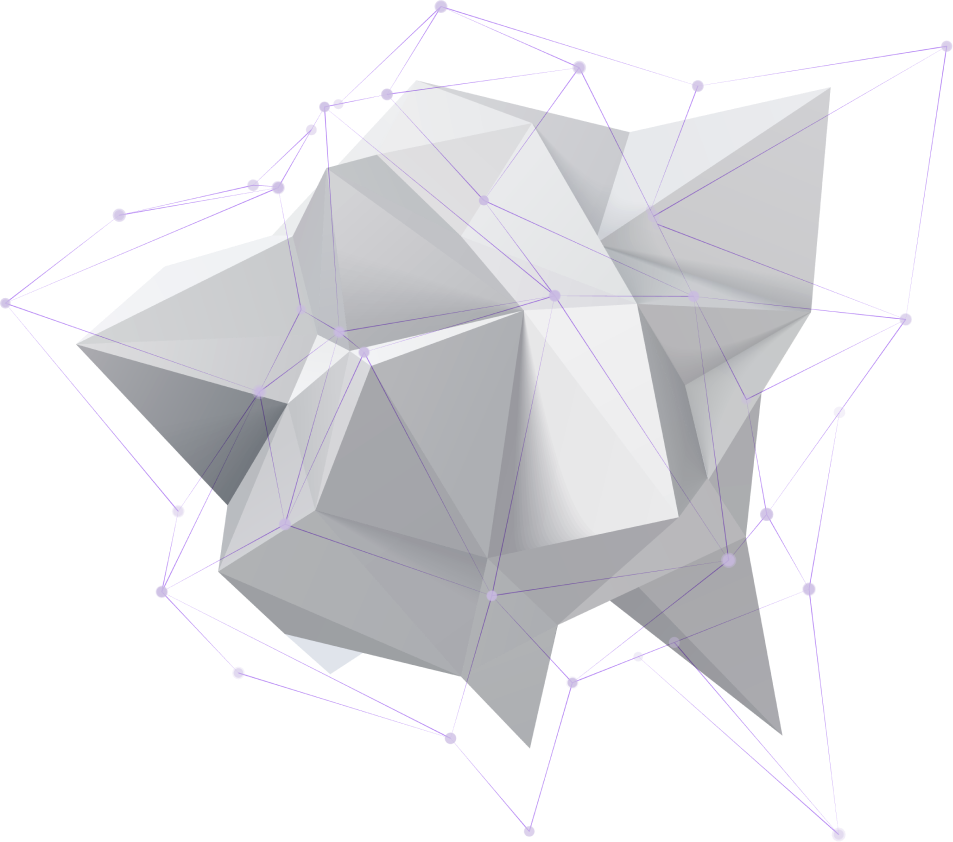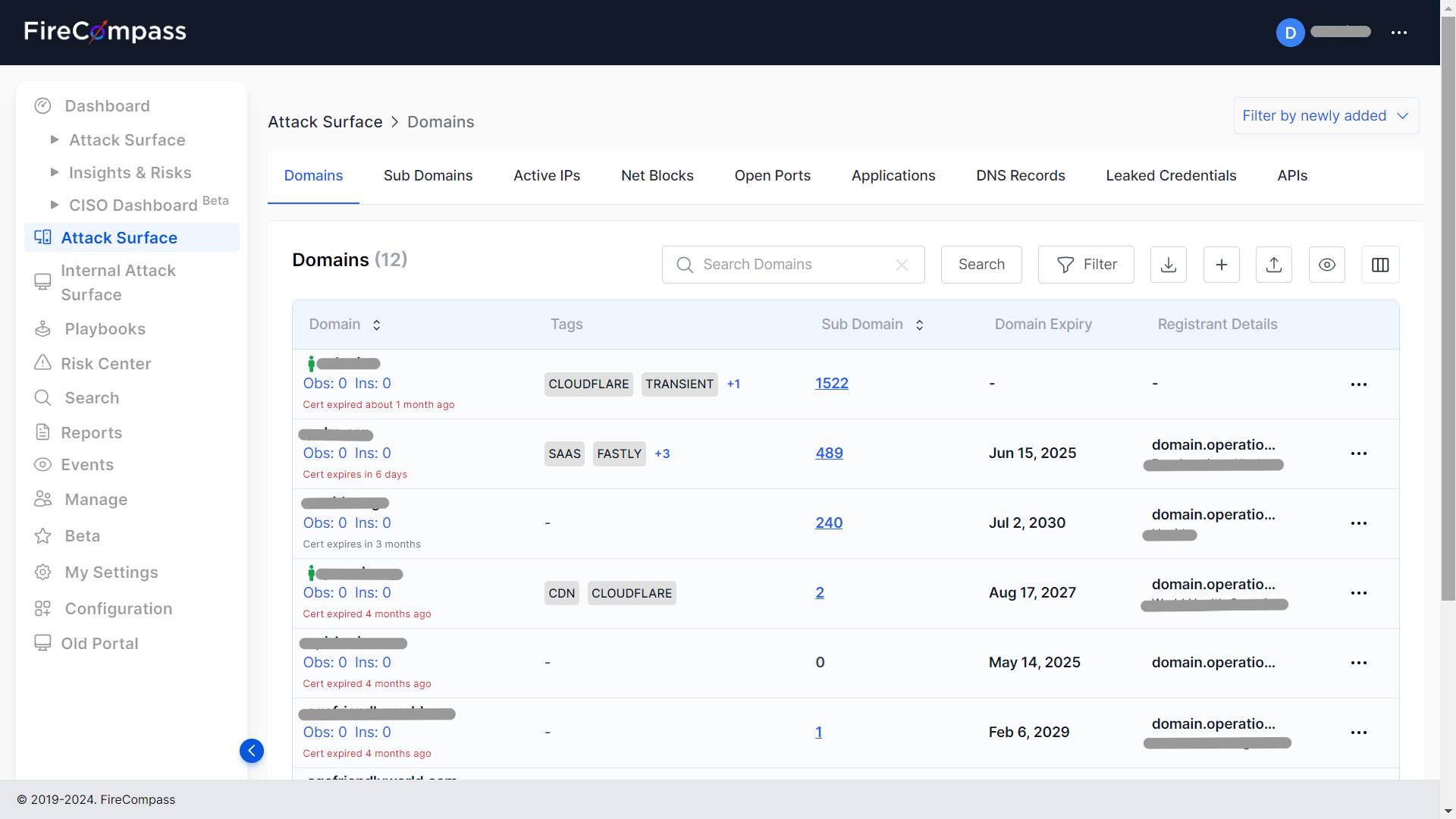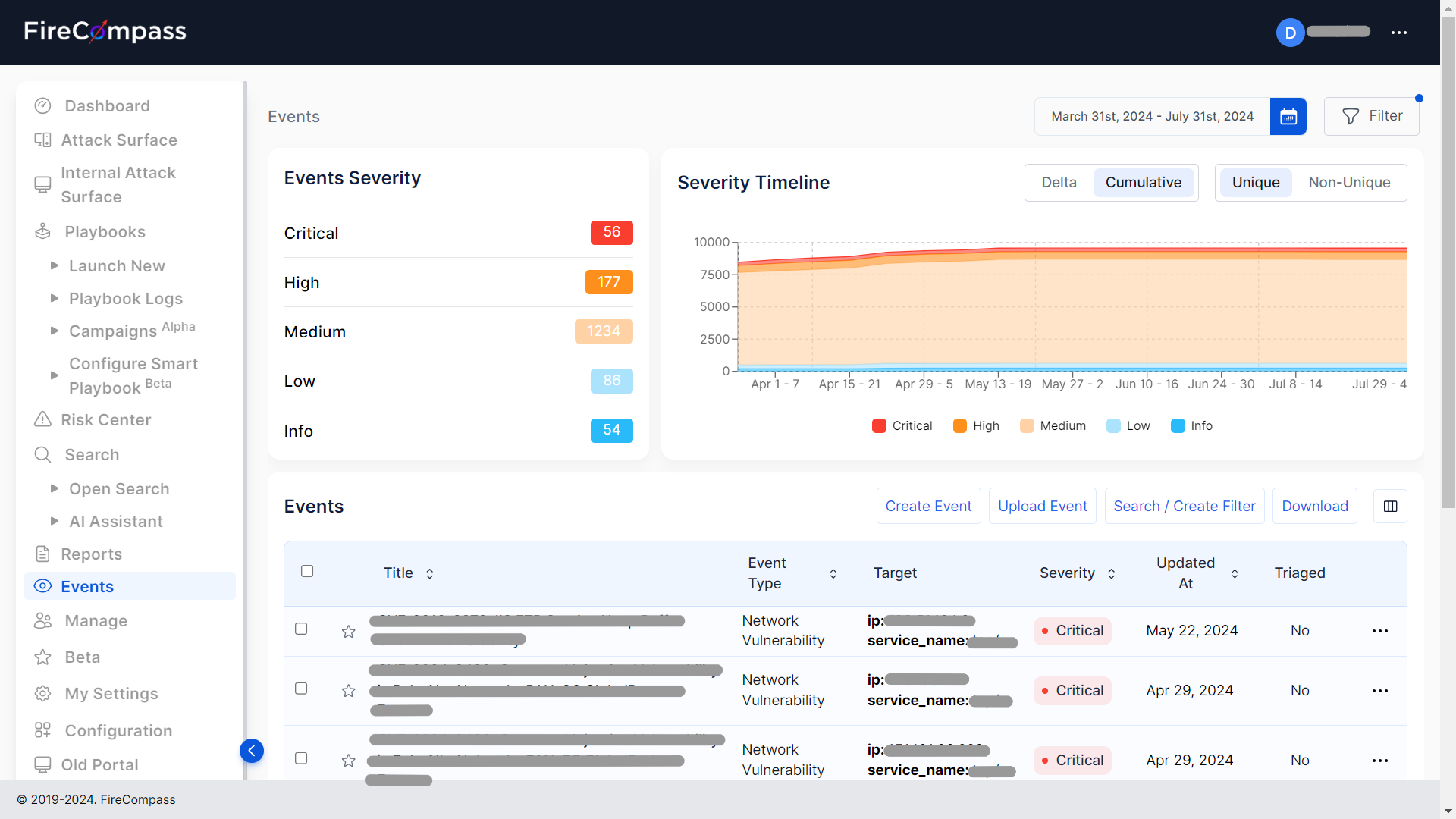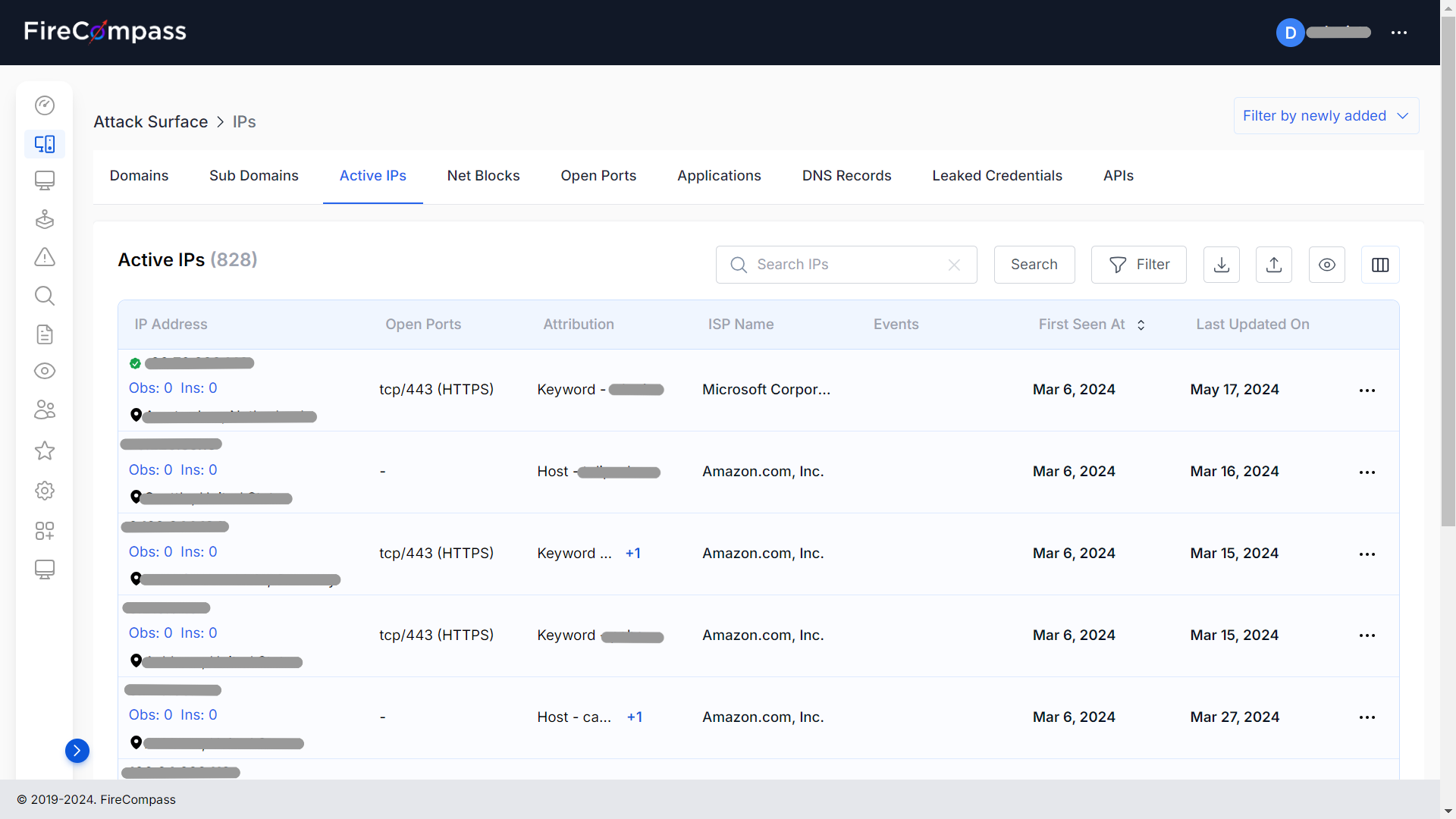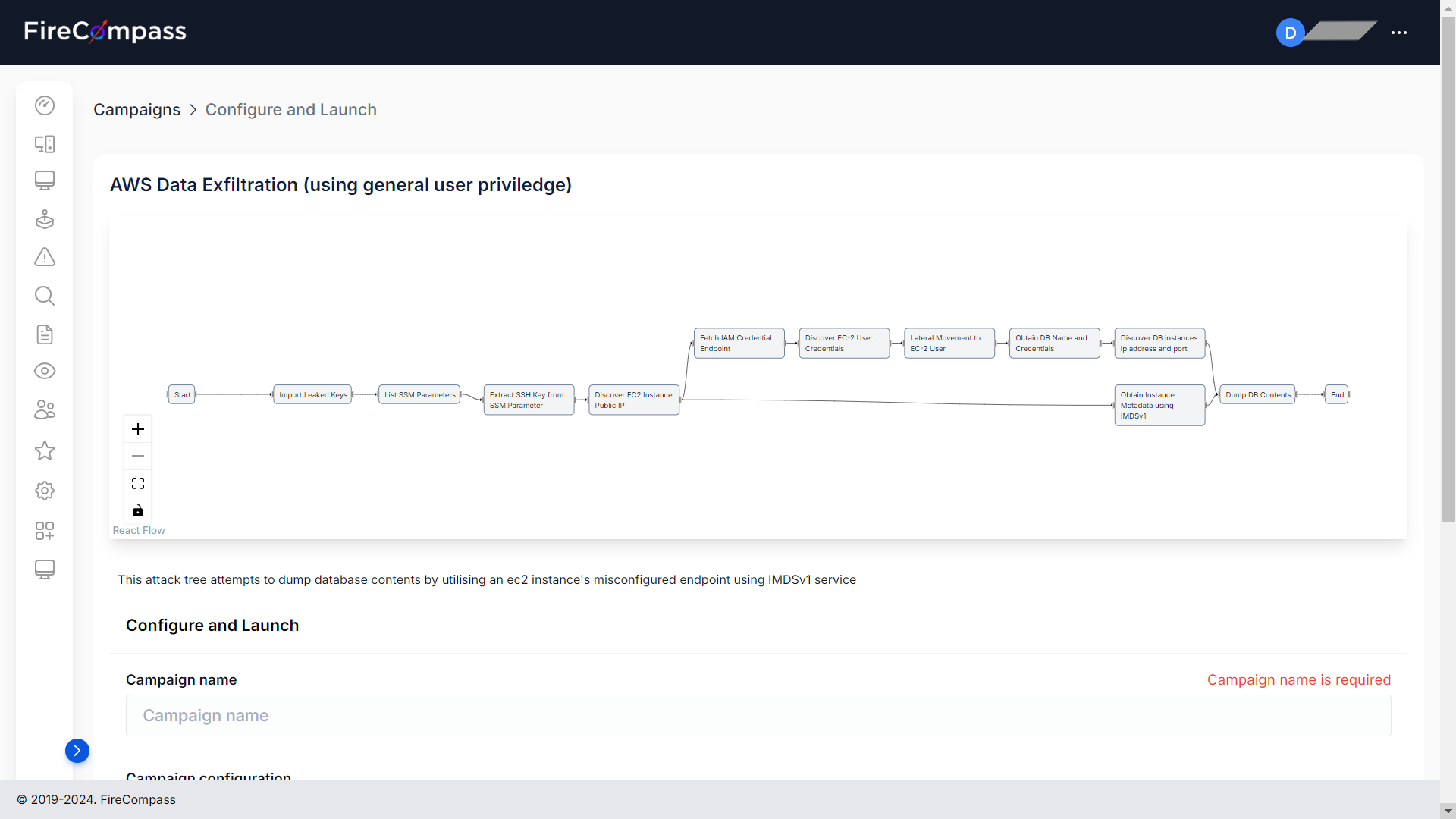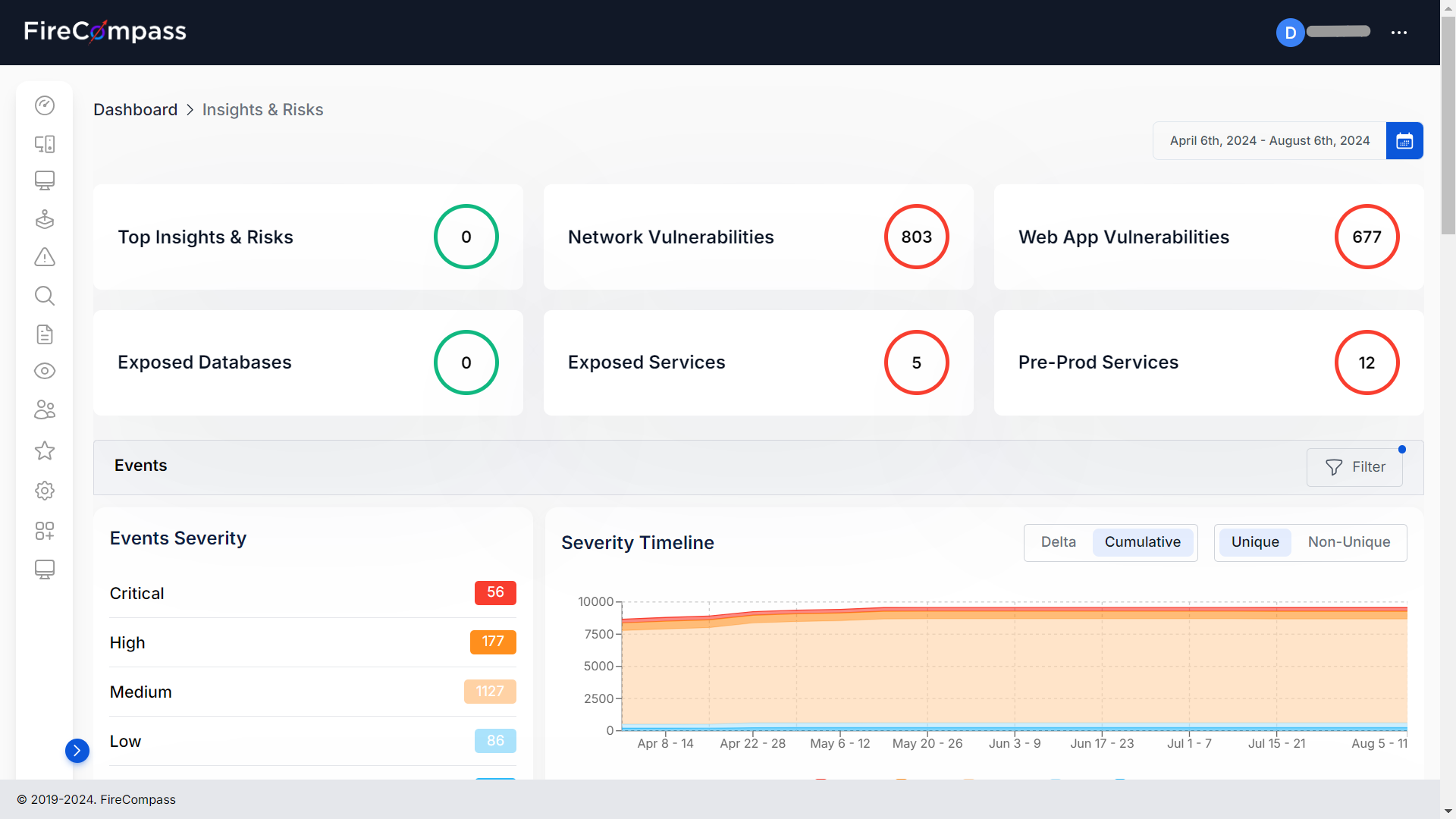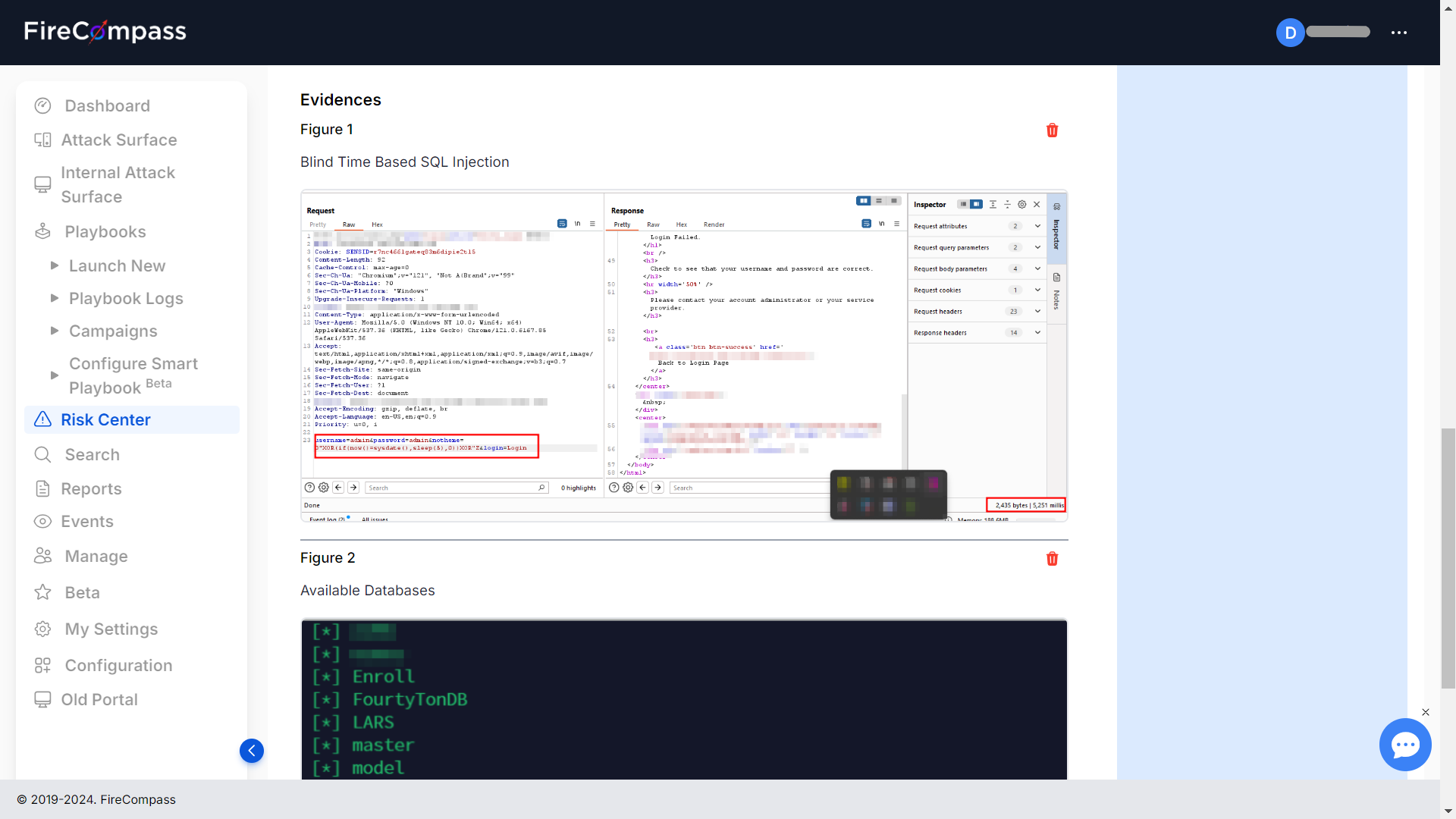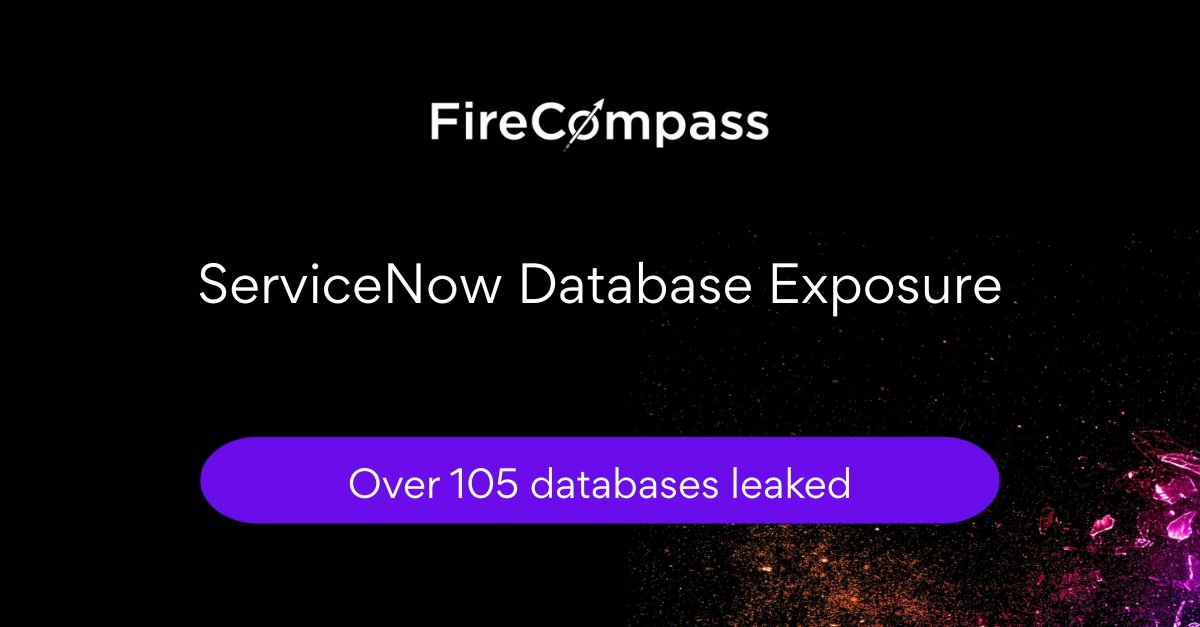CVE-2025-20281 (Cisco ISE)
Description: Injection vulnerability in Cisco ISE API enabling unauthenticated RCE. Technical Details: CVSS Score: 10.0 (Critical) Exploit: Attackers submit crafted POST requests to /admin/XXX endpoints with malicious JSON payloads ({“command”:”exec”}), exploiting insufficient input validation to execute code with root privileges. Bobby Gould’s PoC showed unsafe deserialization in JSON inputs, enabling RCE from Chinese IPs (e.g.,… Read More »CVE-2025-20281 (Cisco ISE)

